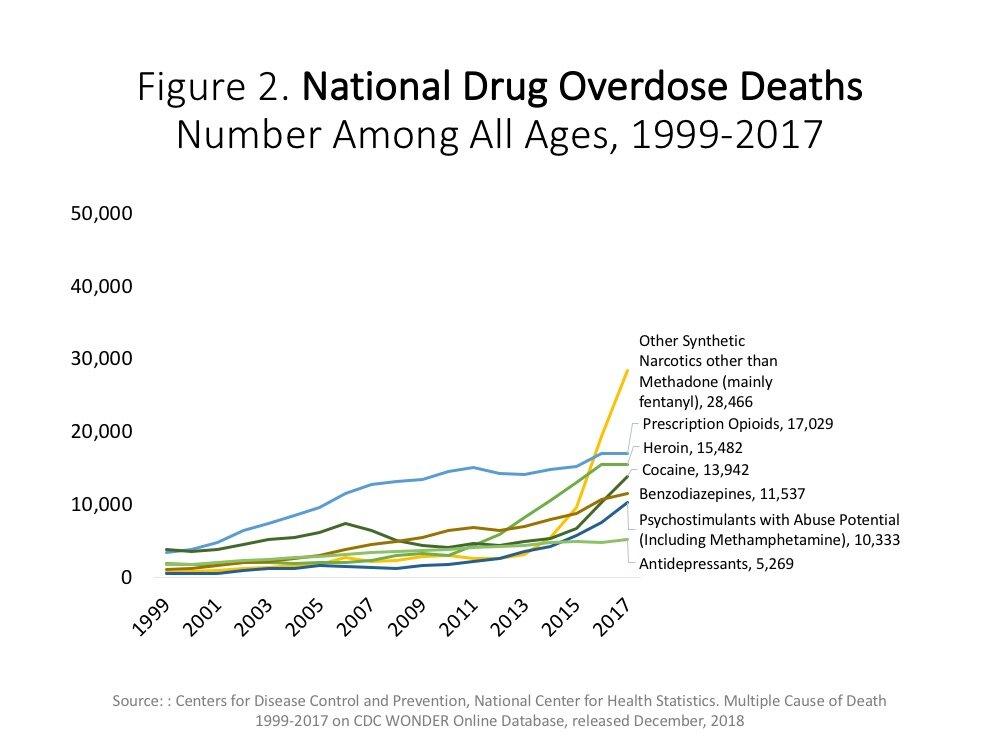For a typical college student, drugs and alcohol could be a normal part of a fun weekend with friends. Marijuana, cocaine and hallucinogens are popular among young people, and according to a 2014 study by The Substance Abuse and Mental Health Services Administration, “nearly 2.0 million full-time college students used an illicit drug in the past month.” Many might associate drugs like heroin being cut with the deadly substance Fentanyl, not the popular party drug cocaine being a risk. But in the last few years, test strips, paramedics and overdose statistics will tell you otherwise—the Bay Area has seen an upsurge in Fentanyl related deaths due to drugs being mixed with the fatal substance.
According to news station KQED, Fentanyl is 50 times more powerful than heroin and 100 times more powerful than morphine. Drug dealers can easily make counterfeit products for cheap, and use very little of the substance to give a stronger high to the user. Many drug users might not even know they are addicted to Fentanyl—someone could be sold heroin or cocaine mixed with said drug and experience a more euphoric high than if it was pure, making them come back for more, not knowing that they are consuming the opioid. Dealers are making more money by using less product and subsequently putting people at risk.
“Mexican cartels have taken over the counterfeit pill market. They’re driving the pills up from the border and into the Bay Area along established heroin trafficking routes, then distributing them through their network of dealers,” reports CBS. California is at high risk because of many things; the war on drugs, especially methamphetamine addiction running rampant in Southern California caused many users to turn to other drugs that were more accessible and could give them a quicker and more intoxicating high. The opioid crisis in the 90s introduced pain medicine to the masses that were extremely addictive and easy to get with a doctor’s note or friend with the prescription. Today, popular rappers have normalized the use of Xanax specifically, making it in high demand, thus leading to counterfeit pills that could contain synthetic substances. Even if a drug is pure, a user could become tolerant to the high, making them want something stronger, like an opioid.
The Addiction Center reports that “drug traffickers often mix Fentanyl into heroin to increase its potency, but last year, law enforcement officials reported that traffickers have started to mix Fentanyl with cocaine.” College students, especially those who are just being introduced to night life, partying and a new city could easily try a drug for the first time and instantly become addicted to Fentanyl’s strong buzz, or worse, could overdose. The DEA reports that in 2018, there was a 112% increase of cocaine samples containing Fentanyl.
Another issue that people might face is the fact that mixing an opioid with alcohol is extremely dangerous and can be fatal. If someone does not know what they are taking at a party or in any situation, and choose to drink as well, the outcome could prove deadly. College students especially should be aware that just because someone tells you that something is pure, does not always mean it is. Anyone who uses drugs recreationaly should be weary of these occurring issues. Drug test strips can be purchased online for relatively affordable prices, and Narcan, which is a spray or injectable given to someone in an opioid overdose, can be bought at a pharmacy with no prescription.
Hiding behind the beautiful Golden Gate bridge is a deadly secret—the creative and culture-filled city is overflowing with more than just tourism and vintage attractions. Though all of America is in a drug crisis, Northern California has seen the negative effects first hand of these overdoses. In the first 3 months of 2019, there were 39 Fentanyl overdoses in San Francisco. In 2018, deaths from the synthetic opioid increased by 147% compared to 2017, according to KQED. Addicts, frequent users and curious first timers will always be involved in the drug scene—however, having preventative measures and tests in place can stop fatalities from happening to you or your loved ones.



































